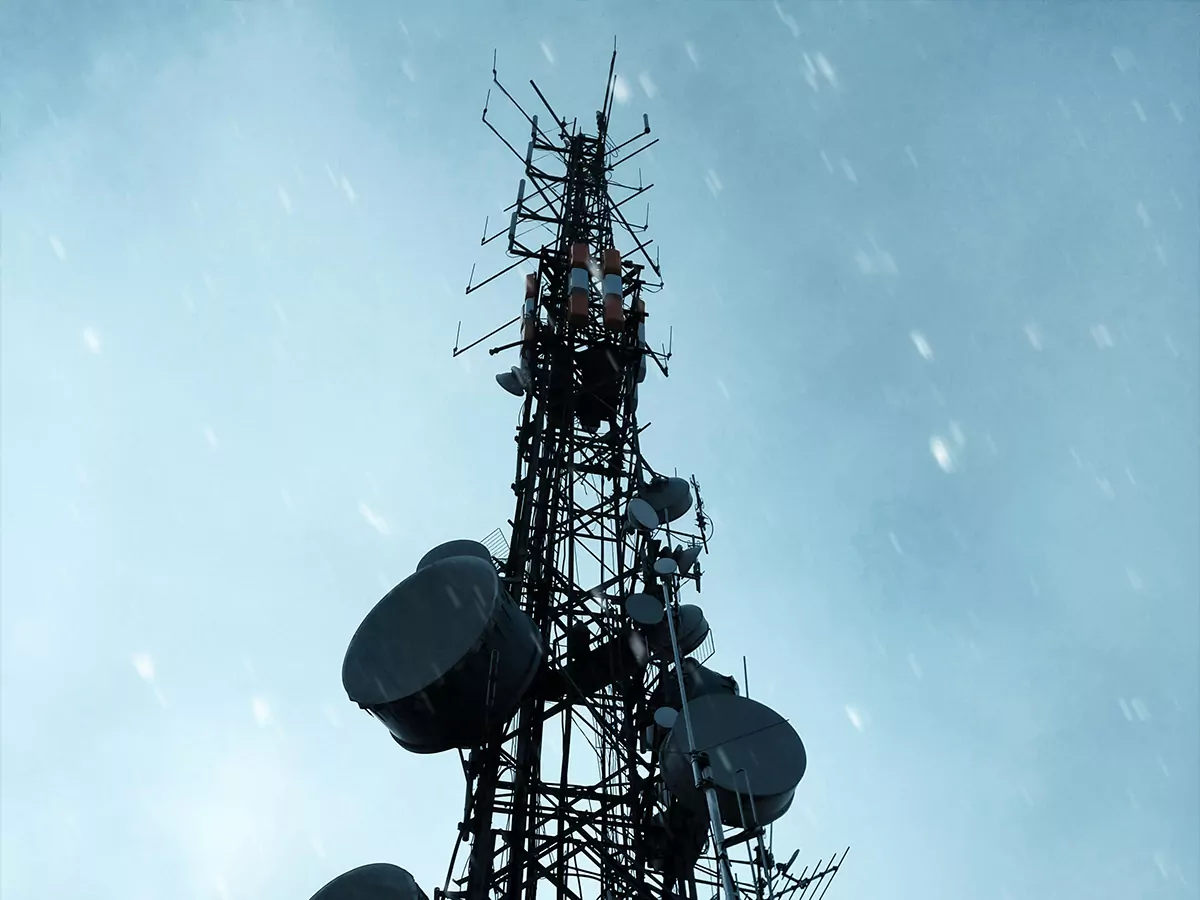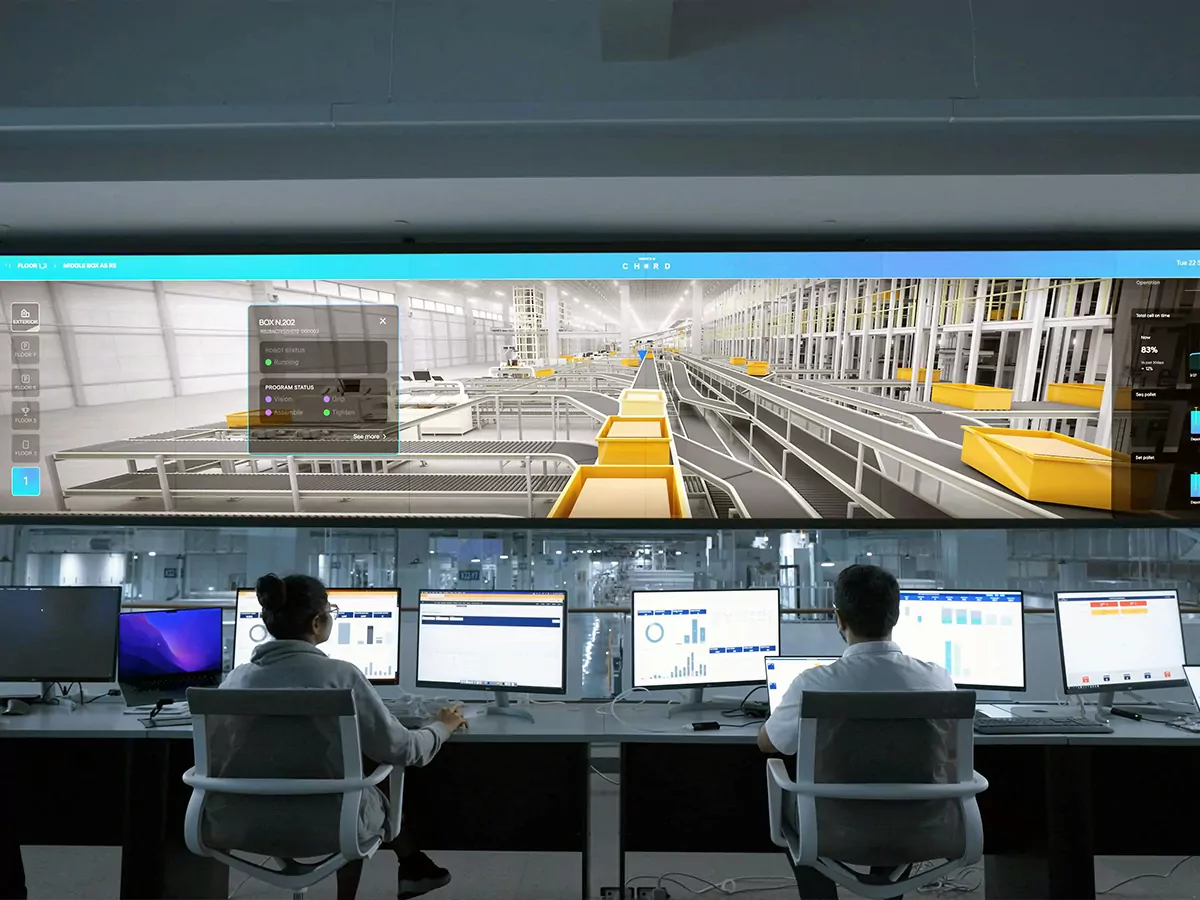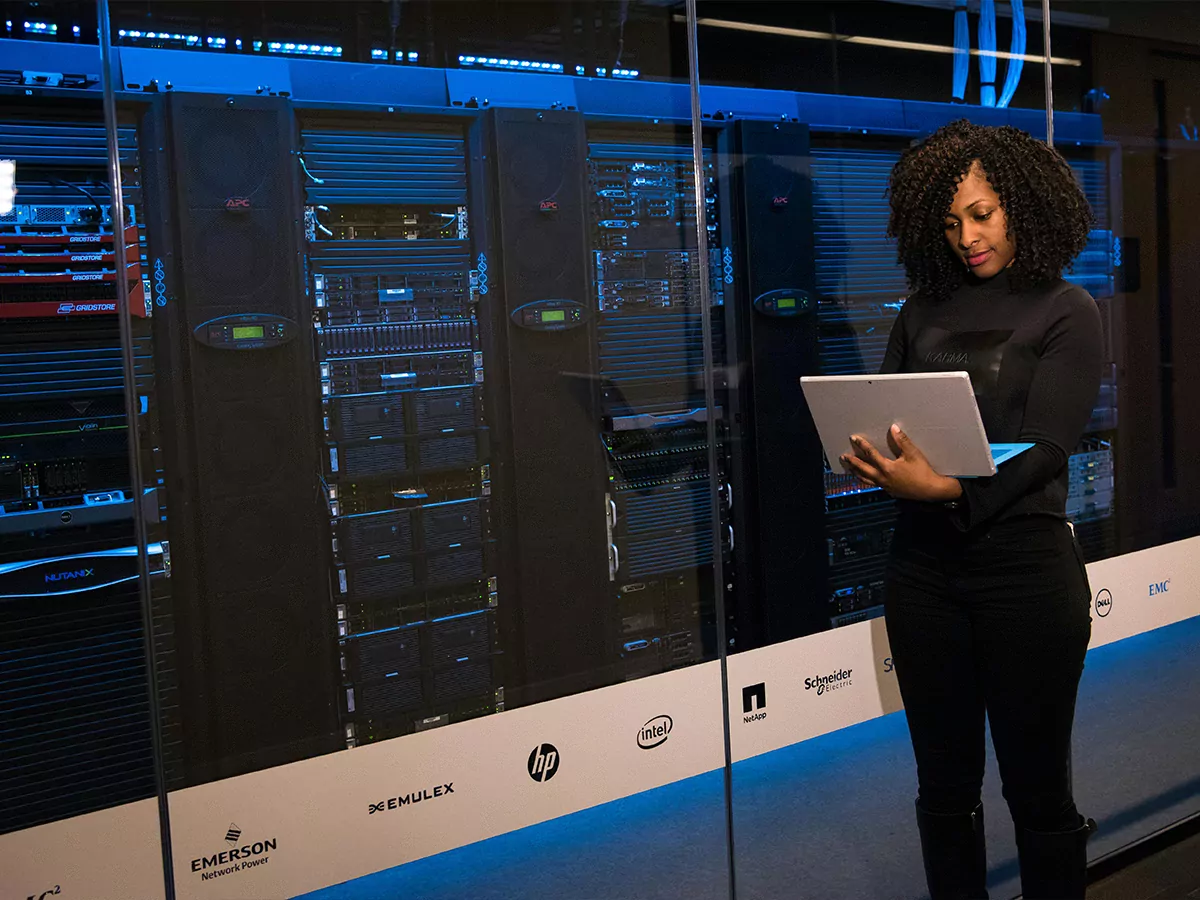What Is a Long-Line Public Address (LLPA) System? A Complete Guide

A Long-Line Public Address (LLPA) system is a type of public address system designed to cover very large or geographically distributed areas. Unlike a standard PA system that only serves a single room or building, an LLPA can deliver synchronized announcements across multiple stations, terminals, or facilities over long distances. These systems are commonly used in rail networks, light rail and metro lines, large industrial campuses, airports, and nationwide emergency notification systems.
For example, in a railway network, announcements about train arrivals, delays, or safety messages must reach every station simultaneously. LLPA systems make this possible by connecting multiple local PA nodes to a centralized control system over communication networks such as DSL, fiber optic, GSM-R, or modern IP-based networks.
How Long-Line PA Systems Work
At the heart of a long-line PA system is its distributed architecture. Rather than a single amplifier driving all loudspeakers, LLPA systems use a network of local amplifiers and speaker clusters connected via communication links. Here's how it typically works:
1. Central Control or Multiple Control Points – The system can be controlled from a single master control center or multiple local control panels. This allows operators to trigger announcements manually or automatically.
2. Signal Transmission – Audio and control data travel over long-distance communication media:
⦁ PSTN or DSL Lines – Used in older systems, still common in legacy infrastructure ⦁ Fiber Optic Networks – Offer high bandwidth, low latency for real-time broadcast ⦁ GSM-R or 4G/5G IP Networks – Mobile network-based solutions for remote locations ⦁ LAN/WAN IP Networks – Common in modern rail and airport systems
3. Triggering & Automation – Most LLPA systems integrate with a Passenger Information System (PIS) or Customer Information System (CIS). When a train approaches a station, the PIS automatically triggers the correct stored message, e.g.,
“Train to Kuala Lumpur arriving at Platform 2.”
4. Local Amplification – Each station or location has its own local amplification equipment to ensure clarity and appropriate volume for that space.
5. Monitoring & Diagnostics – A networked monitoring system checks amplifier health, speaker line integrity, and communication link status, alerting maintenance teams in case of failures.





Key Components of an LLPA System
An typical long-line PA solution usually includes:
Use Cases & Industries
Long-line PA systems are not limited to railways. They are widely used across many industries where communication must be reliable across multiple sites:
Benefits of Long-Line PA Systems
LLPA systems provide several advantages over standalone PA setups:
Future Trends in LLPA Systems
The future of LLPA systems is moving toward more IP-based solutions, integrating with other digital systems for smarter communication. Some key trends include:
Conclusion
Long-Line Public Address systems are a crucial part of large-scale transportation and campus infrastructure. By using distributed amplification and networked control, they deliver synchronized and intelligible announcements over wide areas. This supports safety protocols, streamlines operations, and provides consistent user communication across railways, airports, and industrial sites.
